
Nuclear Non-Proliferation Treaty: A Review
Sat, 26 Dec 2020 | Reading Time: 7 minutes

NPT
The nuclear bombing of the Hiroshima and Nagasaki in August 1945 abundantly demonstrated the destructive powers of nuclear weapons. By 1965, USA, USSR, France, UK and China were established nuclear powers and a Nuclear Arms race had commenced.
John F Kennedy, on 03 March 1963, had prophesied that by the end 1970s the world would witness the emergence of an additional 25-30 Nuclear Weapons States (NWS). Heeding to this warning, under the aegis of United Nations, a treaty for non-proliferation of nuclear weapons, commonly known as the Nuclear Non-Proliferation Treaty or the NPT, was tabled and opened for signatures in 1968. The treaty entered into force in 1970.
The Treaty aimed to prevent the spread of nuclear weapons and nuclear weapons technology. It also intended to promote cooperation in the peaceful use of nuclear technology and to achieve general and complete nuclear disarmament.
As of date, 191 nations are signatories to it. North Korea, a signatory, withdrew in 2003 and went nuclear. Some UN members who were non-signatory and since have gone nuclear are India, Pakistan and Israel. South Sudan too has not joined the treaty.
The Treaty is reviewed after every five years. Originally conceived for 25 years, the signatories, seeing its success, have unanimously extended the Treaty indefinitely in May 1995. In its 50th year now, NPT was due for review in March 2020, but the onset of the COVID 19 pandemic caused its postponement.
Since its inception, the NPT has been further strengthened by adopting additional security measures to make it difficult for countries to procure the technology for this weapon of mass destruction. Prominent in these has been that the Nuclear Suppliers Group (NSG) has been subjected to exports control and the International Atomic Energy Agency (IAEA) has been empowered with greater verification powers in the “Additional Protocol”.
India and NPT
India, a strong advocate of complete disarmament and peaceful use of nuclear energy, did not then and has not till date signed the NPT. The geostrategic compulsions of the early Sixties faced by India are worth revisiting to understand India’s stance. Nothing much has changed in the sub-continent since then but has only worsened.
In the early Sixties, in the growing clamour for non-proliferation of nuclear arms technology, India stood for complete disarmament which addressed not only stopping the manufacture of nuclear arms and elimination of the stockpiles but also included their delivery mechanisms, a complete ban on nuclear testing, ban on the production of fissile material and elimination of their stock. Indian approach changed when China conducted its first test on 16 October 1964. Within India, this gave rise to pro bomb lobby.
During negotiations for the NPT, India emphasised that all nuclear powers must commit to complete disarmament with a timeline to do so, a safeguard to India and other Non-Nuclear Weapons States (NNWS) assuring their right to access and develop peaceful nuclear energy and a commitment to safeguarding the “security” of the NNWS. In addition to non-proliferation, complete disarmament and access to technology for the peaceful use of nuclear energy, India also stressed upon the right to do “peaceful nuclear explosion (PNE)”.
However, the drafts the nuclear “haves”, namely USA and USSR, submitted in 1965, called for restrictions on NNWS while abstaining from the commitment of NWS for complete disarmament.
The US, however, rejected India’s proposal for unrestricted access to all peaceful uses of nuclear technology. On PNE, it proposed to provide PNE technology and services on a commercial basis to NNWS. India dismissed these proposals, terming them as “atomic apartheid” and “NWS monopoly”. Brushing aside India’s representations, on 12 June 1968, the UNGA adopted the draft treaty vide Resolution 2373(XXII). India abstained from voting.
India rejected the draft treaty as the Treaty failed in the prevention of all types of proliferation, the safeguards offered were not universally applicable, that the restrictions on PNE created nuclear apartheid; it did not prevent up-gradation of nuclear weapons, did not commit to a road map for total disarmament and did not make disarmament a judicial obligation.
India termed the Treaty as an “imperfect obligation with no sanction behind it”. In her address to the Parliament after abstaining from voting, Mrs Indira Gandhi, the then Indian Prime Minister, declared that “we will now be driven by our self – enlightenment”. In 1974, India achieved “Self Enlightenment”.
A hostile nuclear China, a non-signatory of NPT then, was possibly the main reason for abstaining but India played its cards diplomatically without antagonising the major powers of the world and by not overtly declaring its apprehension of a nuclear China and the growing China- Pakistan nexus as that may have prompted major nuclear powers to give security assurances and forced India to sign the NPT. India could have never rested easy with such assurances which then would have forced it to sacrifice its non-aligned status and its strategic independence.
India conducted its first PNE in 1974. China, despite being a signatory to NPT since 09th March 1992, actively helped Pakistan to acquire nuclear arms technology. On 28th May 1998 Pakistan went nuclear. With two nuclear-armed belligerent and hostile neighbours in the sub-continent, India’s security is since then under constant threat.
Review of NPT
NPT marked its 50th anniversary on 05 March 2020. After 50 years, has the Treaty achieved its aim? Was it successful in curbing the proliferation of nuclear arms and where did it fail, are some questions to which we seek answers?
Since the advent of NPT, India went nuclear in 1974 with its PNE, Pakistan went Nuclear in May 1998 and North Korea in 2003. But for the addition of these three countries in the last 50 years, NPT can be termed a success story and commended for its resilience and contribution to global stability.
Though NPT aimed to stop growth in numbers of nuclear-armed states, it also gave assurance to NNWS that the gap between them and the nuclear haves would not permanently last. It forced an obligation on the USA, Russia, UK, France and China to make tangible efforts to reduce and ultimately achieve complete disarmament.
in the last five decades US and USSR (now Russia) have taken giant strides towards nuclear disarmament and today the total active nuclear weapons in the world are estimated to be 10,000 which is down nearly 90% of the Cold War levels. In this, the US and Russia hold approximately 95 % of the total with the balance five percent with the UK, France, China, Israel, India, Pakistan and North Korea.
Though it can be argued that the US and Russia have reduced their arsenals by arms reduction treaties, in pursuit of their national strategy but there is no denying the fact that the NPT provided the stable framework to do so. Also, the desire of the US and Russia to make NPT and its non-proliferation a success gave them the added incentive to pursue nuclear arms reduction.
The tightening of the inspections by IAEA as empowered by the “Additional Protocol” had given IAEA the right to inspect any nuclear site they are suspicious of. “Additional Protocol” has given teeth to IAEA. In recent times it has helped in giving deep insights into Iran’s nuclear programme and to certify its legality. In case North Korea and Pakistan also join the NPT, a similar check will give transparency into their nuclear programmes.
Deprived of NPT and the checks and balances imposed by IAEA, the world could not have witnessed the widespread use of nuclear technology for the peaceful purposes of electricity generation, production of isotopes for use in agriculture, medicines and industry.
However, even after 50 years of the global stability NPT has provided, its success in future cannot be taken for granted. The warning signs are already visible on the horizon.
Compared to 1970, the international security environment today has become increasingly chaotic. Bilateral relations between Russia – USA, China-USA, North Korea – USA, China – India, India-Pakistan, have witnessed a sharp downward trend. The breakdown of the global order and subversion of its institutions especially by China threatens its stability. New high-end weapons employing Artificial Intelligence, Robotics, Hypersonic technologies are disrupting the balance of power.
The nine nuclear states have based their security on nuclear deterrence. Nuclear deterrence may have prevented conflict between the US and USSR during the Cold War era but on several occasions, this nuclear deterrence nearly failed, a failure whose consequences would have been catastrophic. This risk of deterrence failure will continue to haunt nuclear states as long as complete disarmament is not achieved. The stand-off between India and Pakistan post India’s Balakot strike is a case in point.
The world today is witnessing Arms Control Treaties which provided uninterrupted peace for the last 50 years such as Anti-Ballistic Missiles Treaty, Intermediate Range Nuclear Forces Treaty (INF), Open Skies Treaty, being consigned to flames, renewing nuclear arms competition and increasing the risk of their use.
Not only NPT is under threat but the possibility of proliferation of nuclear arms technology is very much a reality with US shelving Joint Comprehensive Plan of Action (JCPOA) with Iran, the renewed quest of Turkey and Saudi Arabia and of the terrorist organisations to acquire this destructive technology.
With the US-North Korea talks stalled and North Korea suffering under debilitating US sanctions, Japan and South Korea are living in constant fear from the increasing belligerence of nuclear North Korea. The last four years have seen their confidence in the US assurance for “security” hitting new lows, an assurance which till now has prevented US non-nuclear allies from going nuclear.
After 50 years of NPT and the inability of the Treaty to achieve complete disarmament, the NNWS are increasingly becoming disillusioned with the Treaty and its bindings on them. Some in the NNWS have vociferously called for an end to the “nuclear apartheid”. This encouraged the NNWS to convince the UN to adopt the “The Treaty on the Prohibition of Nuclear Weapons (TPNW)”.
TPNW will become law on 22nd January 2021. The Treaty has not been signed by the nine nuclear “haves”. It is visualised that TPNW will energise the civil societies in the NWS, forcing them to accept it and to achieve complete disarmament. Disapproval/ sanctions by the NNWS allies on the private and state companies of their NWS allies which are involved in Nuclear Arms manufacturing too is likely to create pressure on them to give up Nuclear arms in totality.
Conclusion
In the forthcoming Review Conference of NPT in April/ May 2021 these are few challenges which will be on the table and this may make the conference an acrimonious one between the NWS and NNWS. However, the deep support the Treaty enjoys and the long stability it has provided to the world give hopes for outcomes likely to be positive; reaffirming the importance of NPT.
Before the Review Conference, NPT will get a boost in the arm if the world’s last standing Arms Control Treaty between US and Russia “The New START”, is renewed by both sides, post-haste, for next five years. The New START expires in February 2021. The extension of New START will give the world adequate breathing space to jointly address not only complete disarmament but also a strategy to combat the ongoing COVID pandemic and the new high-end technologies whose military application is threatening life on Earth.
It’s true that without NPT, the words of John F Kennedy would have proven prophetic.
Disclaimer
The opinions expressed in this article are the author’s own and do not reflect the views of Chanakya Forum. All information provided in this article including timeliness, completeness, accuracy, suitability or validity of information referenced therein, is the sole responsibility of the author. www.chanakyaforum.com does not assume any responsibility for the same.
Chanakya Forum is now on . Click here to join our channel (@ChanakyaForum) and stay updated with the latest headlines and articles.
Important
We work round the clock to bring you the finest articles and updates from around the world. There is a team that works tirelessly to ensure that you have a seamless reading experience. But all this costs money. Please support us so that we keep doing what we do best. Happy Reading
Support Us





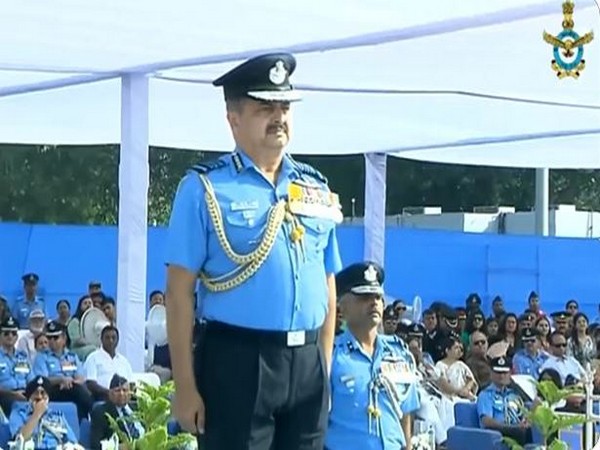
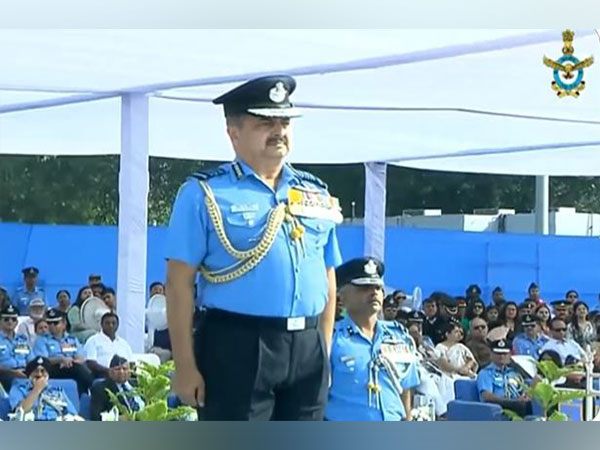

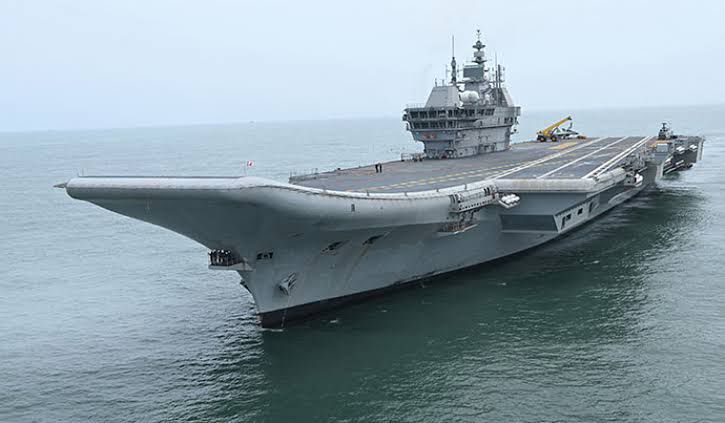


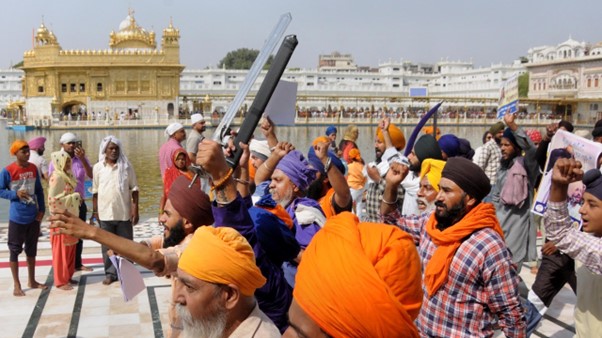
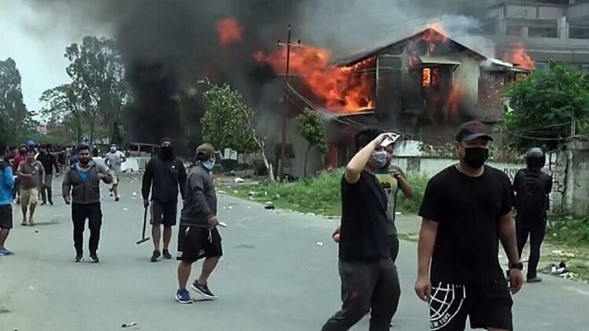







POST COMMENTS (7)
Sunil Patil
Abhishek Dutta
Onkar dev
Partha Gupta
Joy Dasgupta
Manju Gupta
Col M Kumar